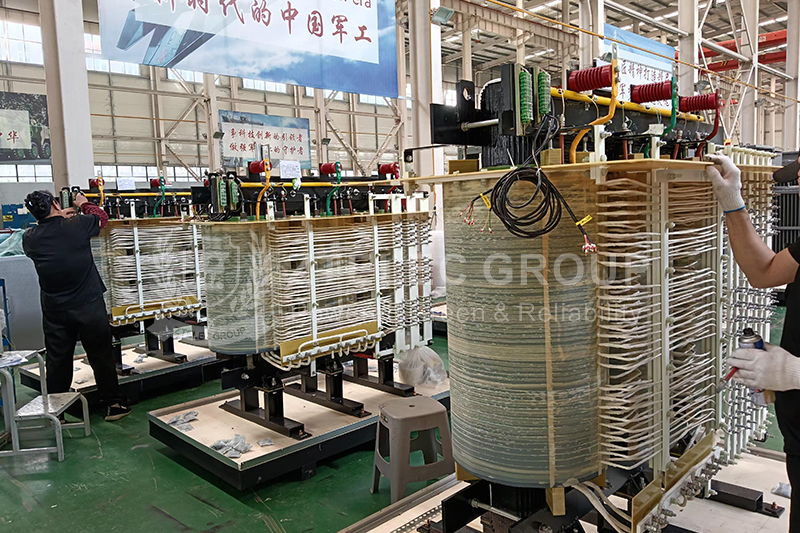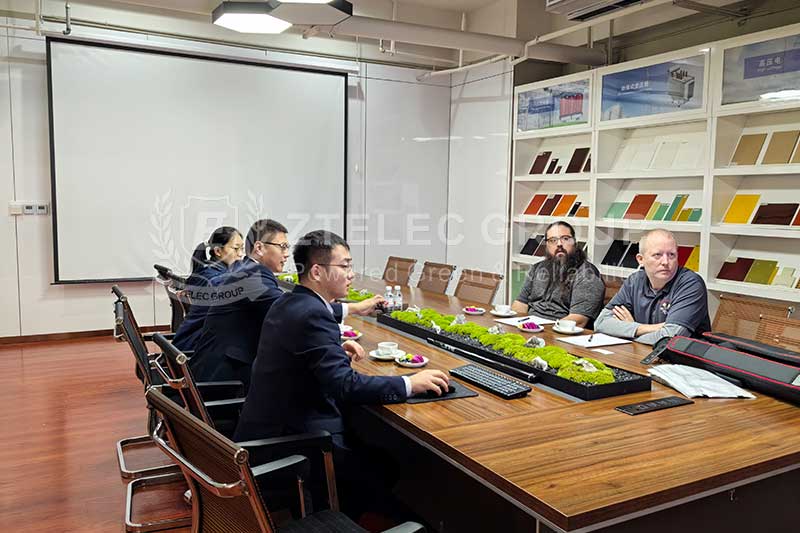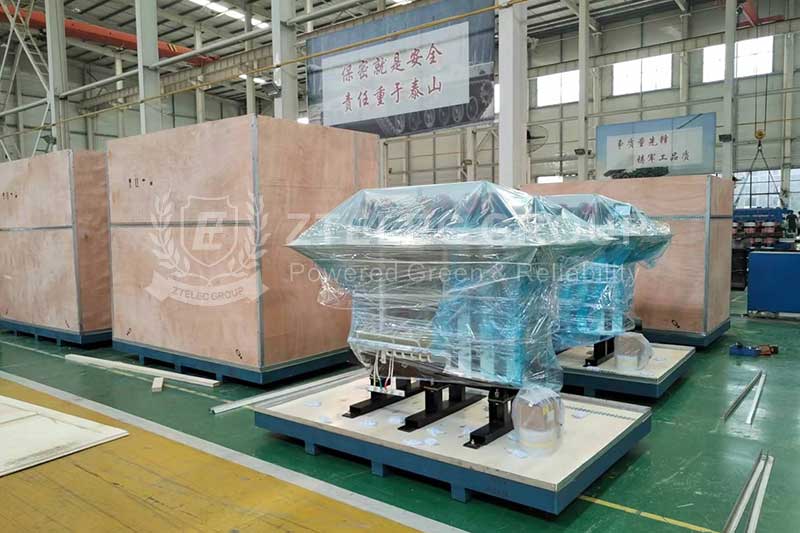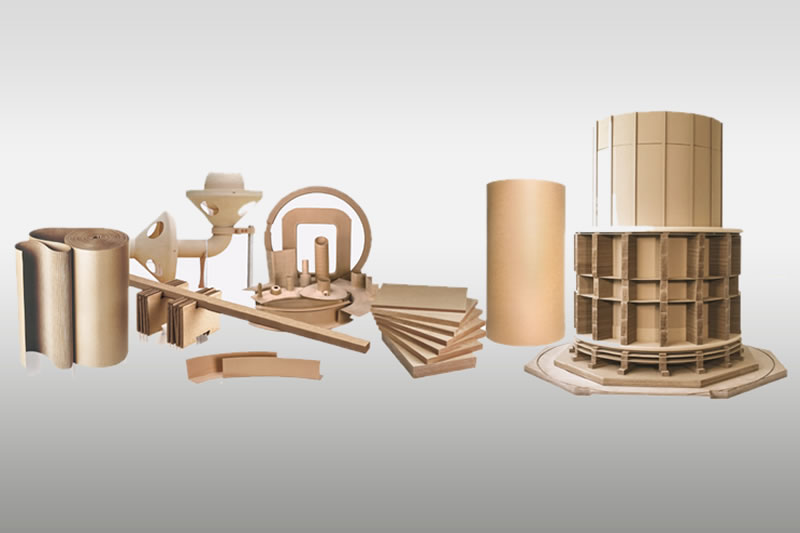A Complete Guide to Selecting and Using 480V to 380V Two-Phase Dry-Type Isolation Transformers
Voltage mismatches are a frequent challenge in global industrial power systems. Many imported machines and tools from North America—such as CNC machines, laser cutters, and test instruments—use a 480V two-phase power supply, while most regions, including China and Europe, operate on a 380V three-phase or 220V/380V system. Without proper conversion, this voltage difference can cause startup failures, performance instability, or even equipment damage.
To address this issue, the 480V to 380V two-phase dry-type isolation transformer provides an efficient and reliable voltage conversion solution. It not only ensures safe electrical isolation but also enhances equipment protection and power quality. This comprehensive guide explains how to select, install, and use such transformers effectively.
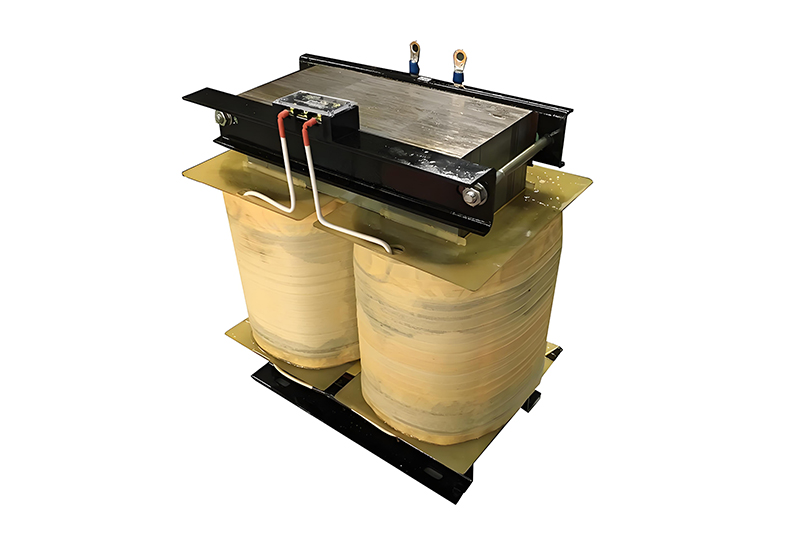
What Is a Two-Phase Dry-Type Isolation Transformer?
1. Two-Phase
In most applications, "two-phase" refers to two live lines (e.g., L1 and L2) drawn from a three-phase system. In some American systems, it may represent a true two-phase supply with a 90° phase shift. Typically, when referring to 480V two-phase, it means two hot wires with a line voltage of 480V and no neutral wire.
2. Dry-Type
Dry-type transformers use air, epoxy resin, or vacuum pressure impregnation (VPI) for insulation and cooling. They are fire-resistant, maintenance-free, and eco-friendly, making them ideal for indoor industrial environments where safety and reliability are priorities.
3. Isolation Transformer
An isolation transformer transfers energy through electromagnetic induction between primary and secondary windings that are electrically separated. This provides safety, eliminates electrical noise, and protects sensitive equipment from surges and faults.
How to Select the Right Transformer
Selecting the correct transformer is essential to prevent failures and ensure long-term equipment stability. Follow these key steps:
1. Determine Load Power Requirements (kVA)
Identify the total load capacity your equipment requires:
Check the nameplate: Locate the equipment’s rated power, current (A), and voltage (V).
Formulas:
For known load power (kW) and power factor (PF):
kVA = kW / PF.
If only amperes are listed (two-phase system):
kVA = (Voltage × Current × 2) / 1000.
Safety margin: Choose a transformer 20–30% larger than the calculated load. For example, if the load is 10kVA, select a 12.5kVA or 15kVA transformer.
2. Confirm Input and Output Voltages
Primary side (Input): 480V
Secondary side (Output): 380V
Frequency: 50Hz (China/Europe) or 60Hz (North America). Always match the frequency of your equipment.
3. Understand the Wiring Method
Correct wiring ensures stable and safe operation:
Primary (480V): Connect two live wires to the input terminals.
Secondary (380V): Connect the output terminals directly to the equipment.
Grounding: Always connect the transformer case and grounding terminal to the system ground.
4. Select the Appropriate IP Code
The IP rating defines dust and moisture protection:
IP20 – For clean, dry indoor areas like control rooms.
IP23 – For semi-humid factory floors with light condensation.
IP44 – For humid or dusty environments requiring higher protection.
5. Consider Additional Features
Enhance safety and convenience with optional features such as:
- Built-in circuit breakers for overload and short-circuit protection.
- Voltmeter and ammeter for real-time monitoring.
- Electrostatic shielding for noise reduction and precision equipment protection.
- Temperature control systems with thermistors for overheating alarms and automatic shutdown.
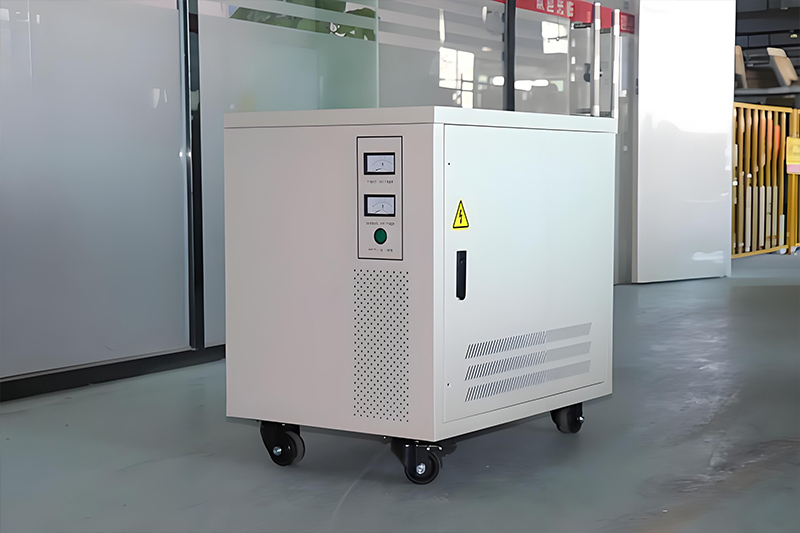
Installation and Application Guide
1. Installation Location
Choose a well-ventilated, vibration-free, and dry location with at least 30 cm clearance for effective heat dissipation. Avoid areas exposed to corrosive gases or excessive moisture.
2. Mounting and Wiring
After securing the transformer, have a certified electrician perform all wiring according to the diagram. Use cables rated for the correct current and voltage levels. Double-check all connections before energizing.
3. Pre-Power-On Inspection
Use a multimeter to confirm input voltage is 480V and no-load output voltage is 380V (a 3–5% deviation is acceptable). This ensures the system is ready for safe startup.
4. Operation and Monitoring
During initial startup, run the transformer at no load and monitor for abnormal noise or excessive heat. Proper operation confirms the transformer’s stability and compatibility with the equipment.
Choosing the right 480V to 380V two-phase dry-type isolation transformer is the key to solving voltage compatibility challenges in imported industrial systems. By carefully evaluating load capacity, ensuring correct wiring, and following standard installation practices, you can achieve long-term system reliability, safety, and performance efficiency.
- more+releated article
- 2025-12-13How to Select and Use Phenolic Cloth-base Lami
- 2025-12-13How Much Does Bakelite Sheet Cost? 2025 Price
- 2025-12-13Why are most 3240 epoxy boards yellow?
- 2025-12-13What are the Main Applications of FR4 Epoxy Bo
- 2025-12-13Why Does the Price of Insulating Paperboard Va
- 2025-12-13Heat-Resistant DDP Insulation Paper
- 2025-12-13Comparison of Heat-Resistant DDP Insulating Pa
- 2025-12-13G10 and FR4 Epoxy Boards: Commonly Used for Ge
- 2025-12-13The Price of Heat-Resistant DDP Insulation Pap
- 2025-12-13How to Choose Epoxy Laminate Materials for Gen

